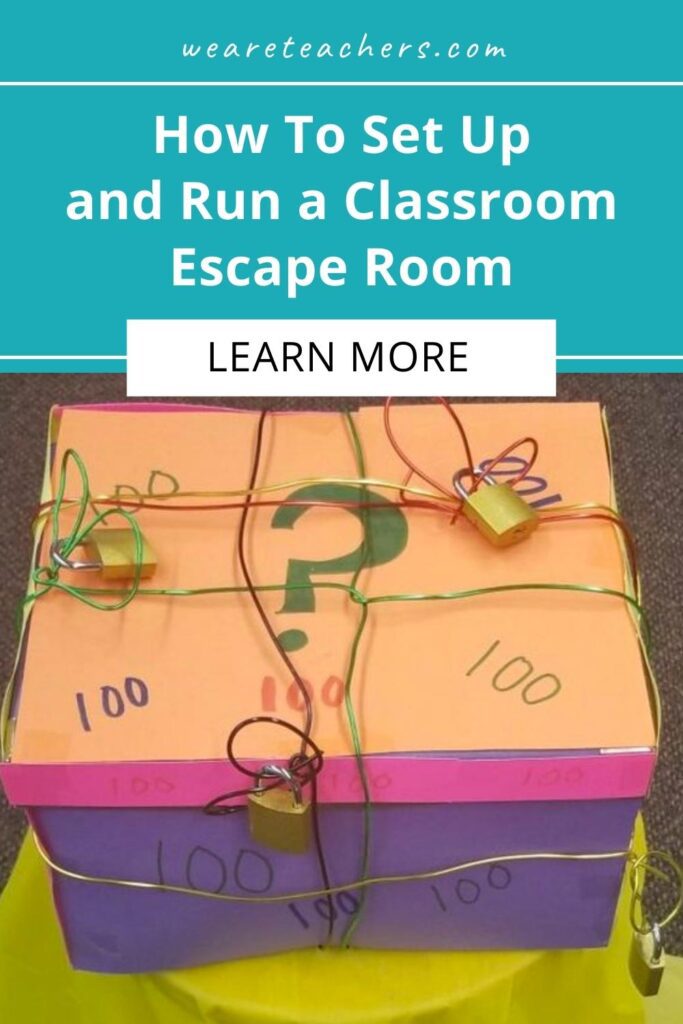How to build one and use it

To set the breaking room in the classroom it is a sure way to increase the participation of students. You can use this challenge to introduce a new topic or to review the learners’ details. It can be very much in the beginning, but if you have started the process, you can use the same mechanical processes and machines and simply change the puzzles and story puzzles with a new topic. Follow these steps to set up the escape room in your classroom! (Or explore our digital emergence here!)
Selection
Bread Class Classroom free escape
We have mixed a broad number of teachers’s resources to create a suitable escape room in your classroom. This planning Canva paste includes step instructions by step to create your game, various templates of the puzzles of your students to solve, showing them to finish. Click the button below to find your free templates!
1. Choose your locks and boxes
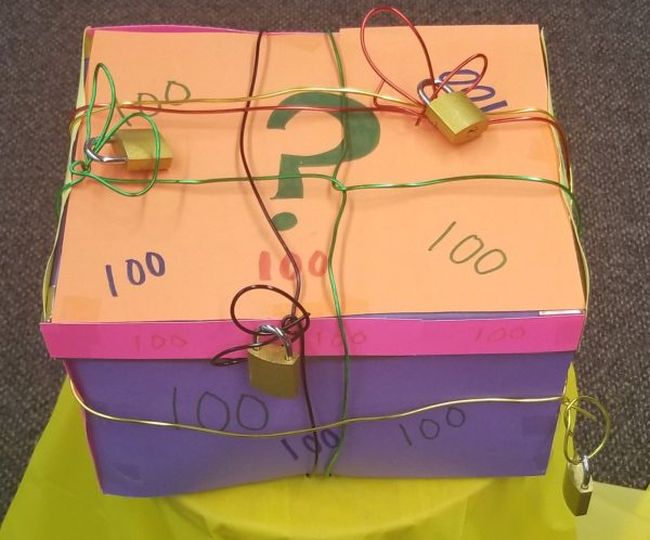
Many escape rooms use locked boxes to hide a series of indexes. You can buy special boxes or build your own. Some teachers like to use closed bags instead, easy to keep. You don’t want to face many boxes? Try to add a lockout HAPP, holding many locks to turn one at a time.
Special boxes and bags
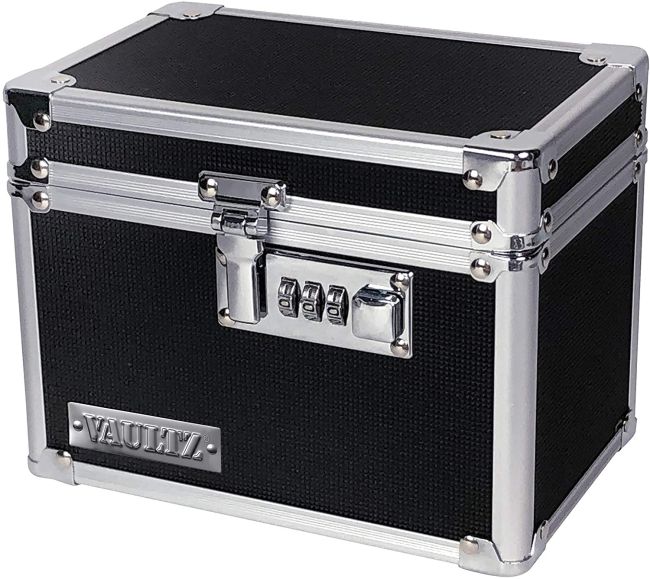
There are many options available. All you really need is a way to lock a box or bag. (If you select the boxes that have components built within, make sure you are able to change each new combinations of each new experience.) See:
Locks and methods to lock

The keys come in different styles these days, and different options will make experiences very fun to children. They do not have to be fancy, even though they invest in cool money as a codex will receive your learners’ attention. Make sure you try your back to make sure it is easy enough to use them. These are some of our favorites:
2. Put the objective and create a story
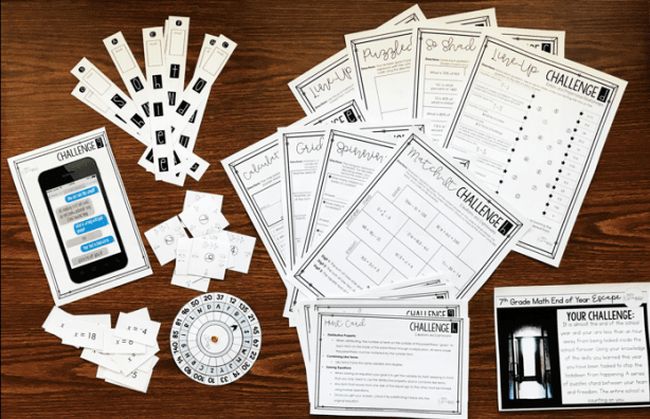
What do you want children to do with Classroom Classroom Pear Room? You can use a new topic or review subjects that have already explored. All tracks, puzzles, and experiences should catch your topic. Get the information you want the students to know and use it. Then it’s time to make art!
The Equipment room news draws participants by connecting your puzzle and tracks to real adventure. Start each of the escape room for the story that reflects the problem that needs to be resolved. Don’t tell a lot at the same time. Allow this story that the students receive directions.
3. Create your puzzle and clues
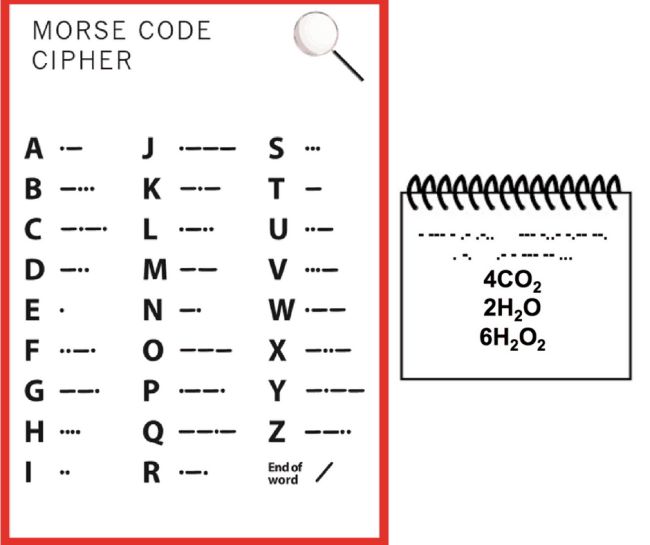
This is a really nice part! A good thing about the classroom escape rooms that the students’ puzzles need to solve to “run away” should not be extremely difficult. Give learners a passage of learning closer to questions to answer. The highlighted books from those answers can be a solution for the first indicator. Try mathematical problems to lock number numbers, or ask for students to solve ridicule or make modesty. Here is an example:
- CLUE: Ben Franklin woke up on his 12th birthday to the fuel baby, lightning was filled outside his window.
- Solution: Delete number combination 1-17-18, Franklin’s 12th birthday.
It is generally good to do the original job or simple puzzle. This builds self-esteem and makes disciples more determined to continue. Many hardworking jobs can leave the trusted students ready to stop. Key to balance between simple, relative, and challenges.
Classroom Escape Room Puzzle Ideas
Need help coming with ideas? Check these resources:
Escape the channel of the room and cheating tools
Make puzzles more enjoyable with invisible ink and other smart tactics (all found in Amazon):
4. Edit, Prepare and again and Receive
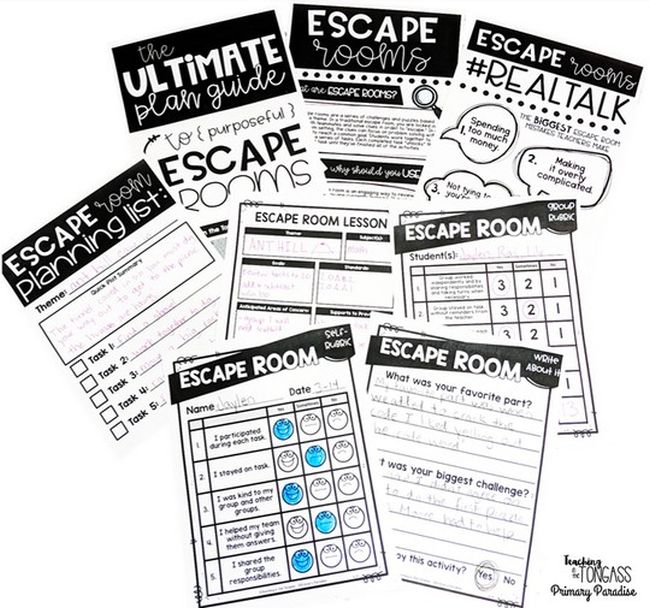
Now that you have created your story with the puzzles, it is time to put everything together. This can be seen more powerful, so use this FREE free printed room editor.
Performing Psychological – Play all your work as you plan. Pretend you’re a student. What do you want to do since they come in the room until they escape “or” win? Unclear? Unclear.
Decide how your students will cope with activities. Will they work as one big group? That can be difficult in the biggest classes. Many teachers break their classes into groups and edit jobs as channels. Students can walk in groups from the next to the next. For this to work, it is best when jobs / channels can be solved by any order.
Finally, set your escape room and you’re good for fun! If possible, contact some of our fellow teachers or group of friends to try the escape room first. This gives you the opportunity to correct any mistakes and make changes as needed.
5. Create Buzz!
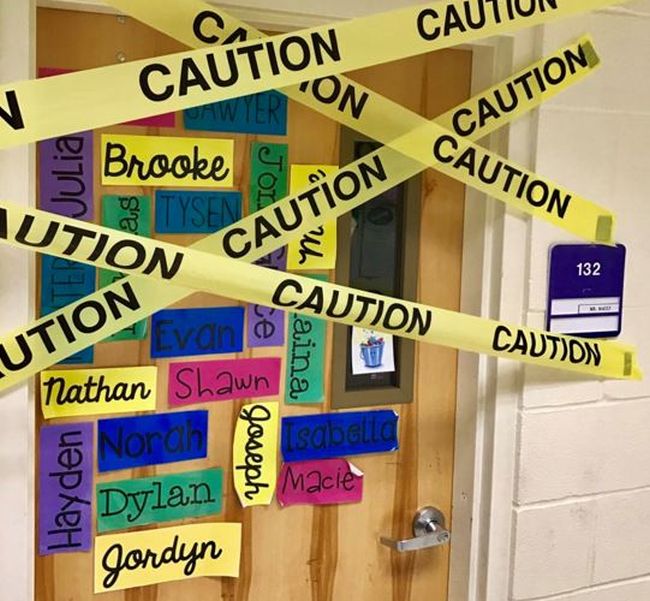
He has set a lot of work that set your classroom escape room, so take time so that students are happy with experience!
- Make signs that “escape room is coming. Are you ready?” Then add them to the room. Or make Cryptic signals with unclear tricks with escape room to fit their interest.
- Place the box with a locker in the dominant area and reject any questions about it, telling learners that they will find enough.
- Create a video income for students to look when they enter the room, or send a mysterious letter to your story.
- In the days that lead to a game, let the students find “spies” for good behavior in class. They can use these directions to escape the escape room.
- The escape date, wear with the costume and play music that links your story. When the experience is too late, it’s better!
6. Escape!

The day has come! Take a deep breath because you’re ready for a quick, wonderful day. Your students will love this, and you will love them to be happy, working together, and the challenges.
Set up your rules in advance. Remind the parties to work together to make peace for other groups. Think to make them respond by resolving puzzles by showing their work or explaining their thinking to you before they are improved.
The important thing to remember is that they will be confused and they may want to give up. They may argue about each other (and you!). This is part of the process. It is sad and completely unclear, but nothing is read and following the things you want. Push them.
That means, it is ok to get corrected with a few designs. In the planning phase, you may have identified the deceptive parts. Consider what tactics you can give to keep the game walk if needed.
You will also need to manage teams from the station to the station. If one group seems to be attached to work or puzzle and hold on the whole class, consider them to give one of those carefully prepared directions. Organize certain advertising tasks each group can work while waiting for the next station.
7. celebrate and show
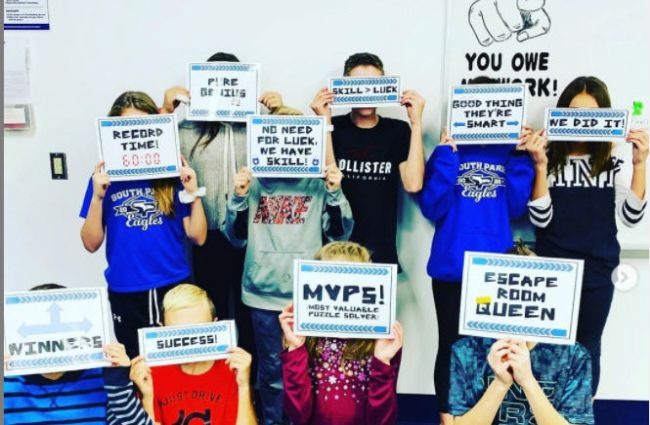
Make sure you celebrate the success of your students! The visible prize, such as sticky prize or food, can be fun. You may also be aware of each or a group’s success, such as leadership, patience, or puzzle skills.
Then, take time to think about experience while new in everyone’s minds. What do children study or review? What do they feel well? How does this come to improve their reading? Not only can this be part of the course of work, will provide you with important information about your meditation.
As you show, think of both going on with what is not working. Taking time for this combined action in the planning process will make your best escape rooms. Now that you already have tools and procedures, you can turn off the story with the puzzles and do it!
Find your free escape room!
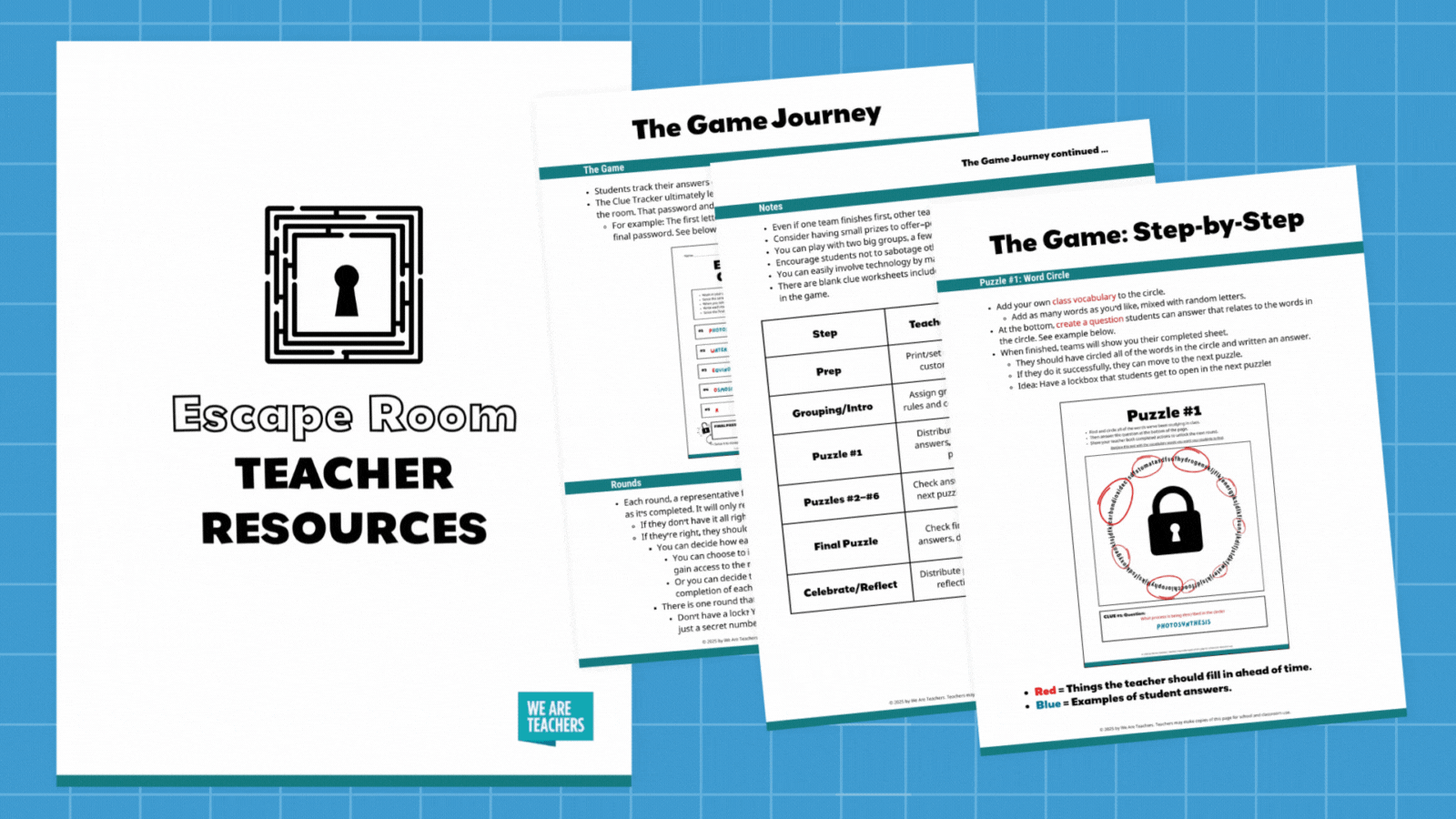
We have mixed a broad number of teachers’s resources to create a suitable escape room in your classroom. This planning Canva paste includes step instructions by step to create your game, various templates of the puzzles of your students to solve, showing them to finish. Click the button below to find your free templates.
Did you run the escape room in the class before? How is it possible? Come and share in us teachers help help on Facebook.
Also, check the best games for building a group and class activities.
